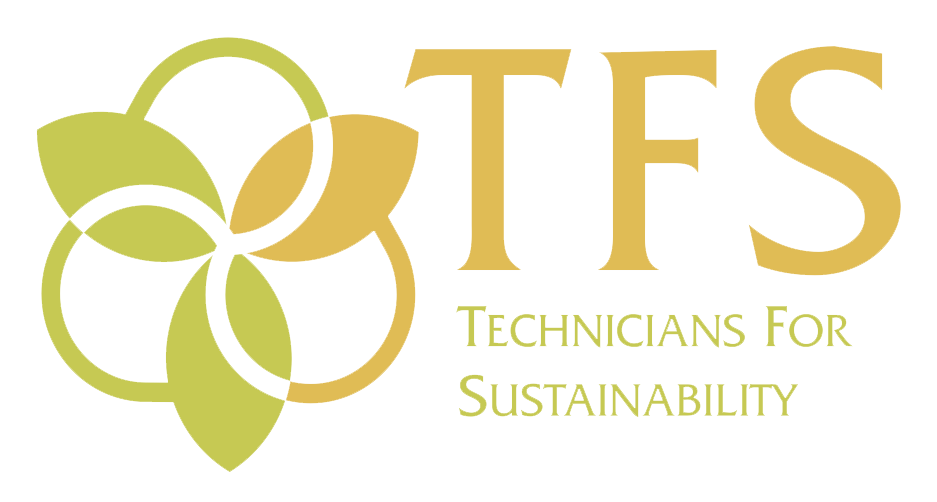The Tucson Racquet Club is proud to be the new owner of a solar hot water system. As a local Tucson business, the racquet club recognizes their responsibility to be a leader in the environmental arena. Their goal in installing a solar hot water system was to do something positive for the environment, and for their bottom line. They said that they decided to go with the TFS team, because they heard that TFS is the "most knowledgeable solar provider in this area," and "their work is high quality." The Tucson Racquet Club is grateful for the smooth, organized installation process, and the highly efficient materials used to create their new system. They are excited to see their new solar hot water system hard at work. Tucson Racquet Club also uses solar panels to provide the club with clean, renewable electricity, which reduces their electricity bill and their greehouse gas emissions.




